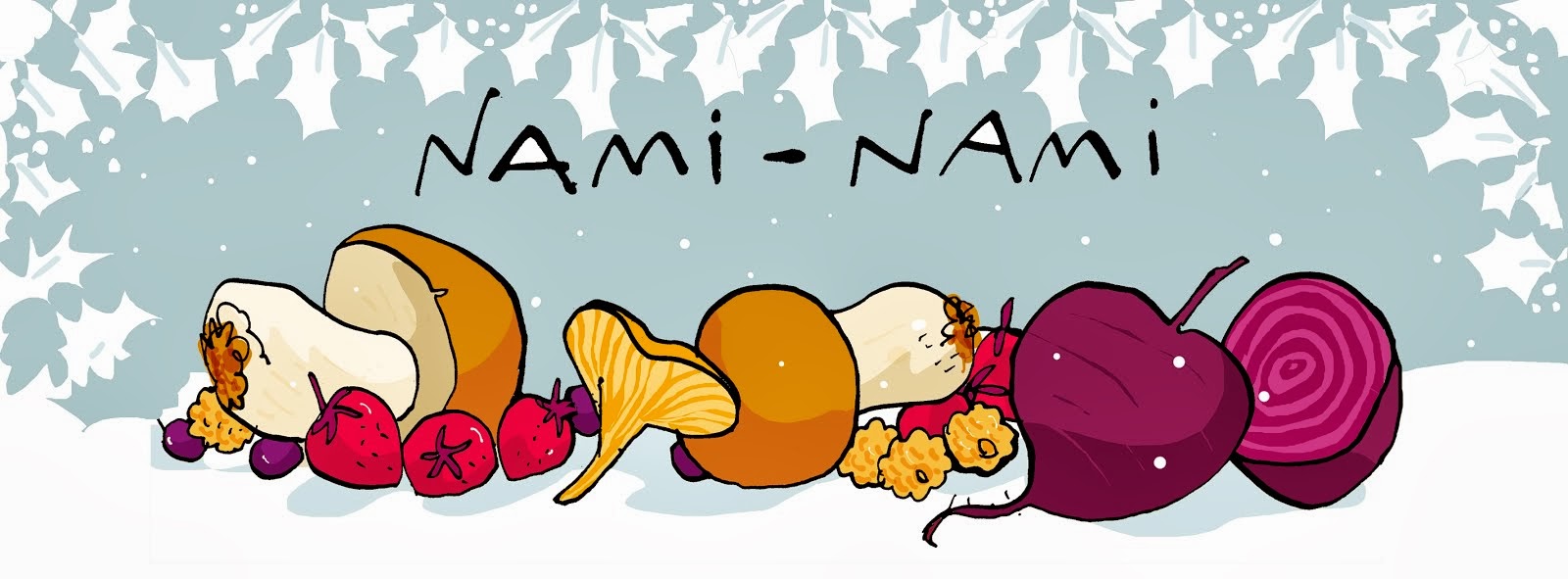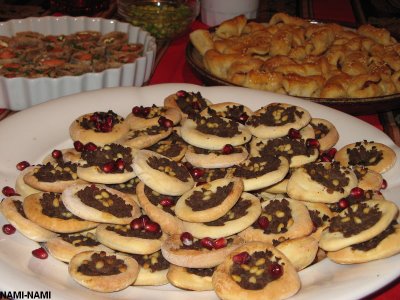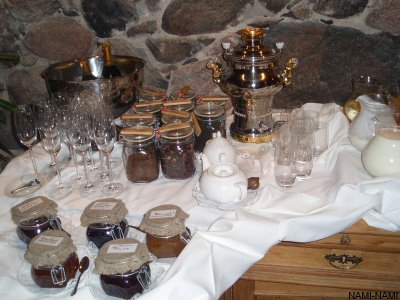Here's a list of winners and nominees - might come handy for those of you planning to visit this little country of mine in the near future:)
SilverSpoon 2006 winners
BEST GOURMET RESTAURANT
Egoist, Tallinn - nominee
Stenhus, Tallinn - winner
Pädaste, Muhu - nominee
BEST RESTAURANT
Bocca, Tallinn - nominee
Gloria, Tallinn - winner
House, Tallinn - nominee
BEST CAFE
Cafe Truffe, Tartu - winner
Müüriäärne kohvik, Haapsalu - nominee
Cafe Angel, Tallinn - nominee
BEST PUB
Amps3, Tallinn - nominee
Scotland Yard, Mere pst, Tallinn - winner
Madisson, Tallinn - nominee
BEST CHEF
Dimitri Demjanov, Egoist & Gloria, Tallinn
BEST WINE & FOOD MATCHING
Balthazar, Tallinn
FAMILY RESTAURANT
Lucca, Tallinn
BEST BEER SERVICE
Stereo Lounge, Tallinn
BEST BUSINESS LUNCH
Pegasus, Tallinn
MOST REPRESENTATIVE RESTAURANT OF MODERN TALLINN
Pegasus
BEST GOURMET RESTAURANT
Egoist, Tallinn - nominee
Stenhus, Tallinn - winner
Pädaste, Muhu - nominee
BEST RESTAURANT
Bocca, Tallinn - nominee
Gloria, Tallinn - winner
House, Tallinn - nominee
BEST CAFE
Cafe Truffe, Tartu - winner
Müüriäärne kohvik, Haapsalu - nominee
Cafe Angel, Tallinn - nominee
BEST PUB
Amps3, Tallinn - nominee
Scotland Yard, Mere pst, Tallinn - winner
Madisson, Tallinn - nominee
BEST CHEF
Dimitri Demjanov, Egoist & Gloria, Tallinn
BEST WINE & FOOD MATCHING
Balthazar, Tallinn
FAMILY RESTAURANT
Lucca, Tallinn
BEST BEER SERVICE
Stereo Lounge, Tallinn
BEST BUSINESS LUNCH
Pegasus, Tallinn
MOST REPRESENTATIVE RESTAURANT OF MODERN TALLINN
Pegasus
Although I still think that the best cafe in Tallinn is the delicious Chocolats de Pierre (at least that's where I meet various visiting bloggers - I met Doughboy's Antti there in December and my reader and frequent commenter Pene last Sunday), then I agree with the choice of best gourmet restaurant. I had a pleasure of eating in all three nominated places during the last six months, and although the recent meals at Pädaste and Egoist were wonderful, my meal at Stenhus was most exciting and memorable of the three).
It is a tradition that the winner of the best chef's award will cater for the next year's gala dinner. So the winner of 2005, the British-born Michael Bhoola (Pegasus), cooked the delicious offerings in January 2006, and last year's winner Roman Zashtshersinski (restaurant Ö) prepared the feast this year.

Dimitri Demjanov, who is known as the grand old man of Estonian haute cuisine, was declared the winner of the best chef's award this time around. That means he will be in charge of the gala dinner in January 2008. I cannot wait what's he got in store (yep, he's the guy on the small photo - courtesy of Postimees - holding our 'national' fish, räim alias Baltic herring).
Silver Spoon Gala Dinner 26.1.2007
Amuse bouche
Kir Royal Torres Brut Nature
Creme de Cassis, De Kyper
Moet & Chandon, Rose
Jerusalem artichoke cream soup with vanilla oil
Bernard-Massard Auxerrois, Luxemburgh 2004
Tuna tartar with wasabi and miso sauce
Zweigelt Classic, Johann Strauss 2003
Foie gras baked in puff pastry with Tokay and raisin sauce
Tokay Pinot Gris 2005
Tournedos of salmon with mandarine and vermouth sauce
J. Drouhin Chablis 1er Cru 2004
Milk chocolate and praline cake with macerated raspberries
Pineau des Charantes Ch Montifaud
Petit fours
Saint Christeau XO, Vintage 1992
Amuse bouche
Kir Royal Torres Brut Nature
Creme de Cassis, De Kyper
Moet & Chandon, Rose
Jerusalem artichoke cream soup with vanilla oil
Bernard-Massard Auxerrois, Luxemburgh 2004
Tuna tartar with wasabi and miso sauce
Zweigelt Classic, Johann Strauss 2003
Foie gras baked in puff pastry with Tokay and raisin sauce
Tokay Pinot Gris 2005
Tournedos of salmon with mandarine and vermouth sauce
J. Drouhin Chablis 1er Cru 2004
Milk chocolate and praline cake with macerated raspberries
Pineau des Charantes Ch Montifaud
Petit fours
Saint Christeau XO, Vintage 1992





















